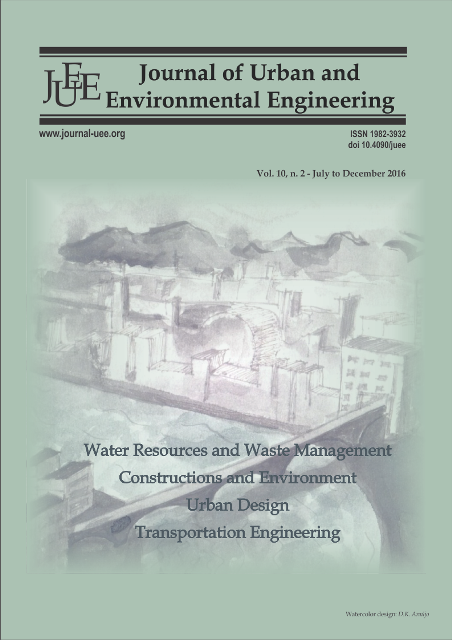THE CITY OF ADDIS ABABA FROM ‘FOREST CITY’ TO ‘URBAN HEAT ISLAND’: AN ANALYSIS OF URBAN GREEN SPACE DYNAMICS USING REMOTE SENSING AND GEOGRAPHIC INFORMATION SYSTEM
DOI:
https://doi.org/10.4090/juee.2016.v10n2.254-262Keywords:
Urban Green Space, Urban Development, Land Use / Land Cover, Remote Sensing, Geographic Information Systems, Addis Ababa and EthiopiaAbstract
The unprecedented rate of urban growth in developing countries causes various problems such as deficiency in public infrastructure services, lack of green spaces and inadequate service provisions. This study applies GIS tools and remote sensing techniques to assess the effects of urban development on urban green space in Ethiopia’s capital. Spatial and non-spatial datasets were collected from different organizations and processed using GIS tools and remote sensing techniques for land use/ land cover classification and analysis. The analysis demonstrated shrinking of urban green spaces- plantations, forestland, grassland and cultivated land (at annual rates of 5.9%, 3.3%, 5.4% and 3.7 % respectively) by 82.1%, 62.1%, 78.8 and 65.8 % respectively during the past three decades (1986-2015) whereas built-up and transport areas increased at annual rate of 5.7% and 1.3% and consumed 419% and 47% of the city’s total area respectively.Downloads
Download data is not yet available.
Downloads
Published
2017-04-28
Issue
Section
Articles




